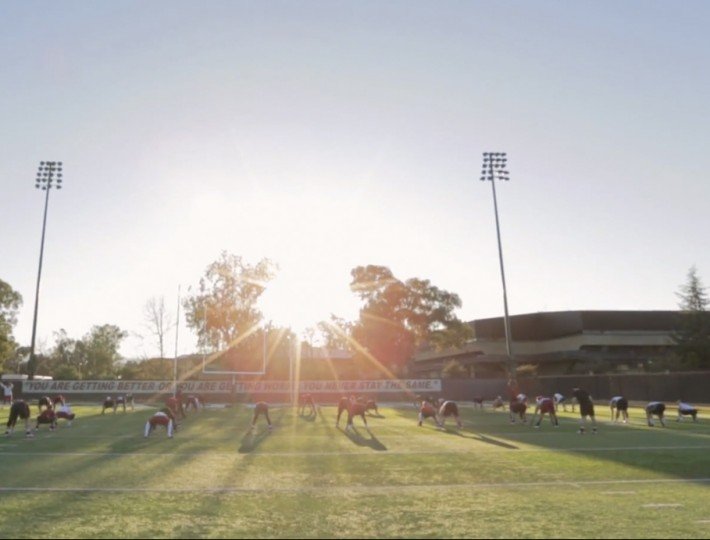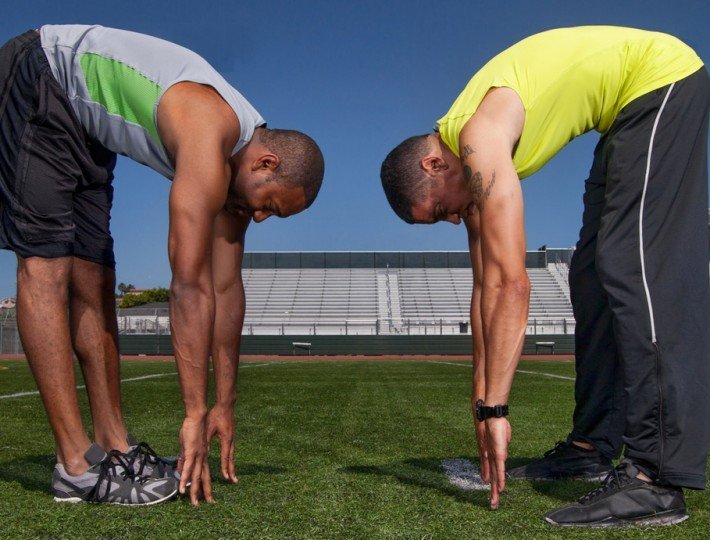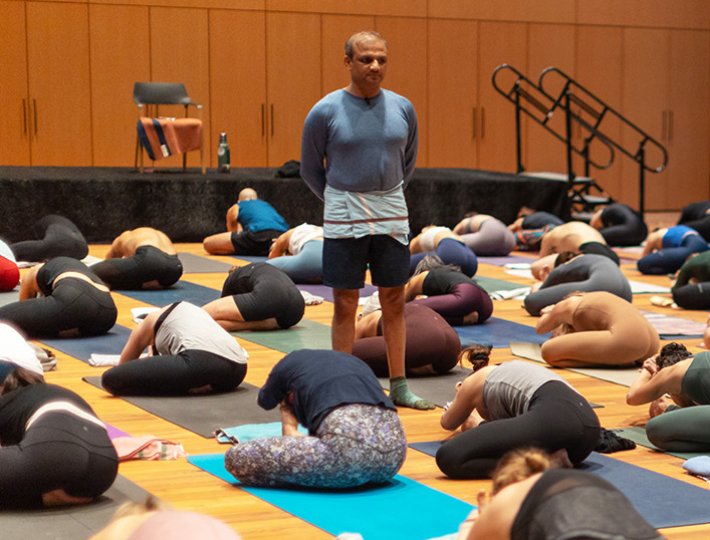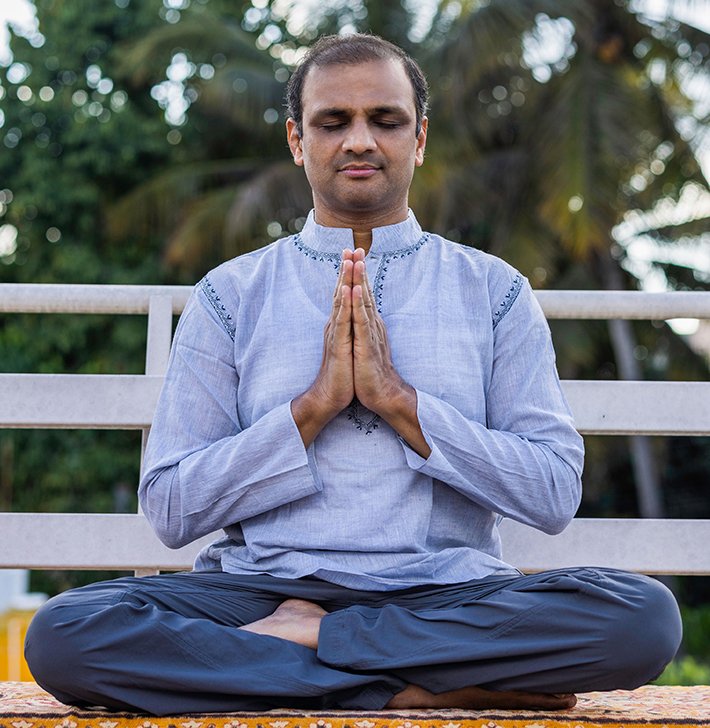You might have heard the aphorism “The perfect is the enemy of the good.” It is most often used to convey the idea that it is better to produce something now than to delay in the hopes of producing something flawless later. In many cases perfection is impossible to achieve no matter how much time and effort is put forth.
To a certain extent, this rule applies to exercise form. In a sedentary culture where many of us work in chairs, drive to and from the office seated in cars, and often recreate by sitting and watching movies or TV, you are better off doing something that gets you upright and moving around—even if that something is sloppy jumping jacks—than doing nothing at all.
Once you are off the couch, however, the activity you do can either help you move toward your fitness or weight-loss goal or put you on a path to the doctor’s office. While yoga studios often provide helpful descriptions indicating a class’s degree of difficulty (so beginners can opt for “all levels welcome” and not “hot powerful flow level 3”), there are typically no such guidelines at the gym, making it tough to tell what risks an exercise might pose. Furthermore, the degree of potential risk changes depending on factors specific to you, such as your age and level of health.
To help you tell when it might be OK to be a little fast and loose with form—and when you better nail it picture-perfect—here are six times when you need to be especially strict while performing an exercise.
1. Form really matters when…you repeat a movement regularly.
The body is a brilliant machine designed to distribute weight, exert force, and absorb impact. It is also exceptional at adapting to whatever we might ask it to do. That means it will try to accommodate any movement pattern we instruct it to do—even one that might put its knees, ankles, spine, or any other body part at risk. The more often we send risky instructions, the greater the pounding those parts will take.
“As you repeat a motion, basically what you are doing is leaving an imprint on your neuromuscular structure,” says movement teacher Johnny Gillespie, founder of Balanced Athlete in Wilmington, Delaware. “If your technique is poor, eventually physics is going to win out, and you’re going to have some type of joint problems or musculoskeletal issue.”
2. Form really matters when…you increase the weight you use.
If you’re already performing an exercise incorrectly, then doing the movement with more weight—something most people associate with progress—is actually more like double jeopardy, according to Gillespie. “It’s putting an even deeper imprint on your structure because you’re adding load,” he says. “Adding heavier load to an improper pattern is just going to increase the likelihood of injury.”
Related: How Important is Perfect Form in Fitness, Really?
3. Form really matters when…an exercise is complicated.
Along with the rapid growth of CrossFit has come a similar growth of “fail” videos showing the sometimes merely funny, sometimes awful and tragic consequences of advanced lifting gone awry.
Exercises like the snatch or hang clean are complex—Gillespie says there are nearly 30 form cues coaches will look for in proper Olympic lifts—and therefore should be repeated with light or no weight at all until mastered.
The problem is that people too often focus more on the amount of weight they use when performing a move than the way in which they perform it. That’s especially dangerous with Olympic lifts, because the combination of an explosive movement performed incorrectly with heavy load “is just a disaster” that could lead to severe injuries, Gillespie warns.
4. Form really matters when…your fitness level increases.
This one is essentially a combination of the first three factors: An experienced trainee will perform exercises more regularly; they’ll likely want to increase the weight they use over time; and eventually they may want to try out more complex movements.
Throughout all of the stages of fitness, a person should be examining the way in which they move to see if it’s in line with the way the body is designed. “We salute everyone who gets off the couch and tries to make a difference through exercise,” Gillespie says. “Once you get moving, if you do not learn to move your body in an ergonomic way, your likelihood of injury is going to escalate.”
5. Form really matters when…you get older.
It’s no secret that our bodies change as we age. Nick DiNubile, M.D., an orthopedic surgeon and author of the Framework book series, says those changes can have a dramatic affect on your muscles’ performance—ones that increase the need for you to be diligent about doing exercises correctly.
“I think with increasing age form becomes more important because your body is more vulnerable. Your tissues are less forgiving and less elastic,” DiNubile says. “It’s a lot easier to injure stuff.”
6. Form really matters when…you have a history of injuries.
This will be no surprise to yoga teachers out there who’ve had to offer adjustments to students: A person who has suffered an injury may also suffer from a limited range of motion as a result. DiNubile also says that, in addition to age, a prior injury or musculoskeletal ailment make proper exercise form more important. A person will need to work within their abilities or avoid a wounded area entirely.











Comments (0)